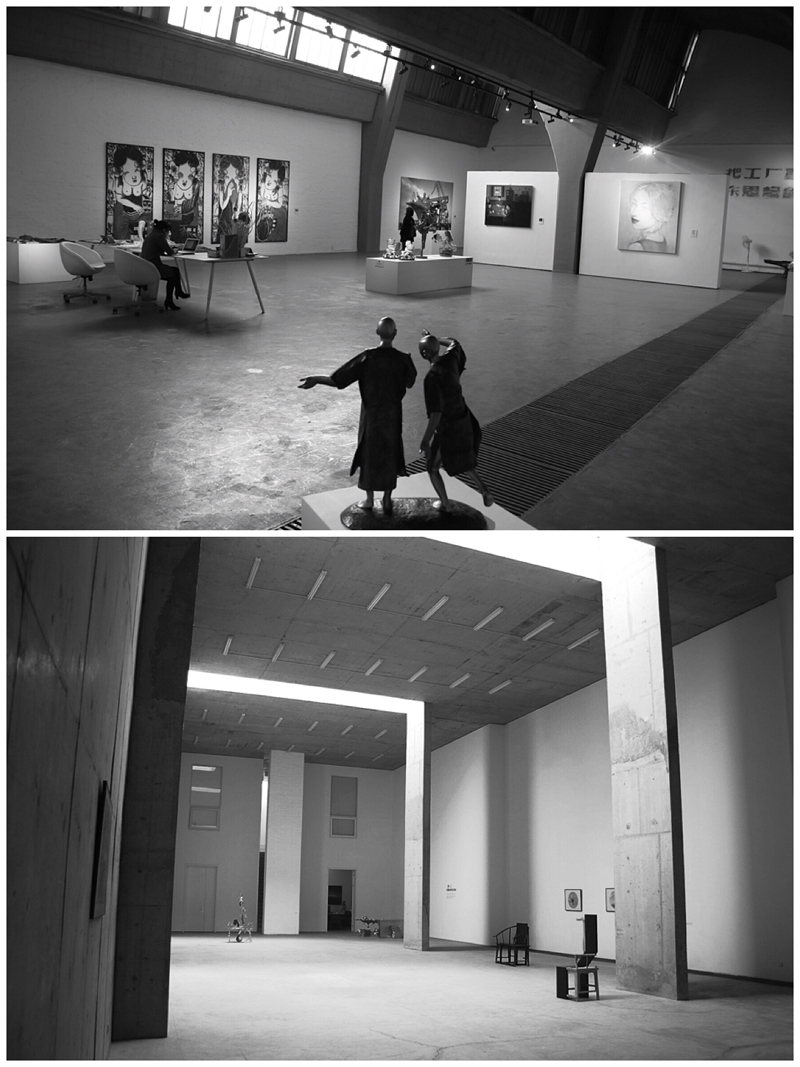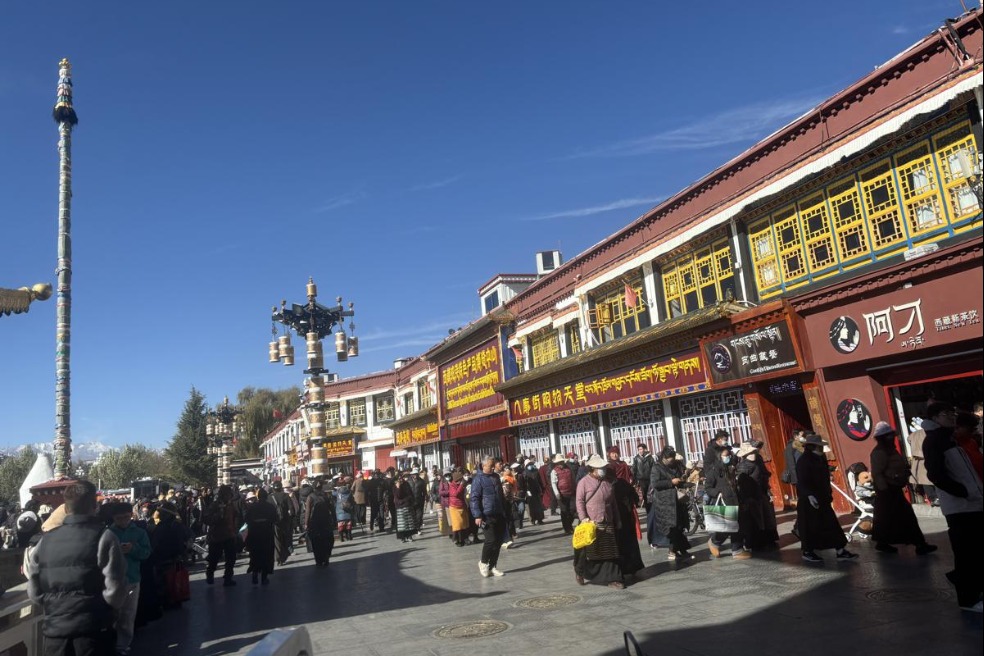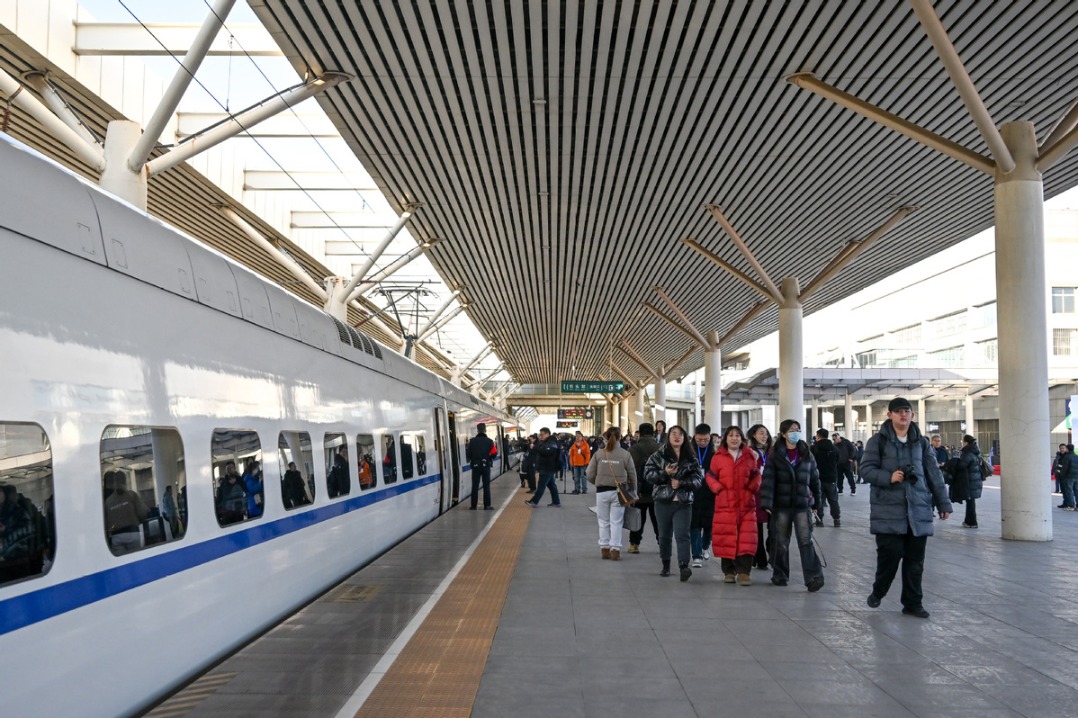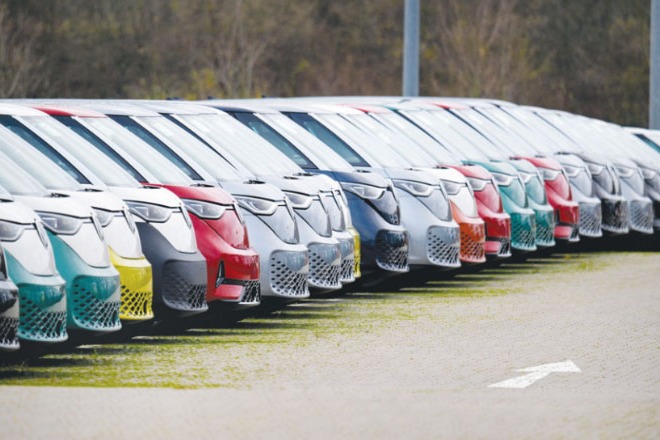Discovering Beijing’s industrial-strength beauty


For much of its history, the industrial site and neighboring housing units relied on a large coal-fired power station which still provides hot water for the local area. Steam locomotives brought in trains where an overhead gantry crane unloaded the coal for transfer by conveyor to the furnaces. Today, coal is no longer used. But the area with its disused railway tracks is popular for photography, including wedding shots.
While referred to as Factory 798, the actual factory of that name was one of several units inside a much larger complex — Factory 718, specializing in electronic equipment and components. Its heritage is different from other factories of that period, for it combines East German architecture and engineering as opposed to the more common Soviet model. It was the largest project undertaken by what was then East Germany in China.

































